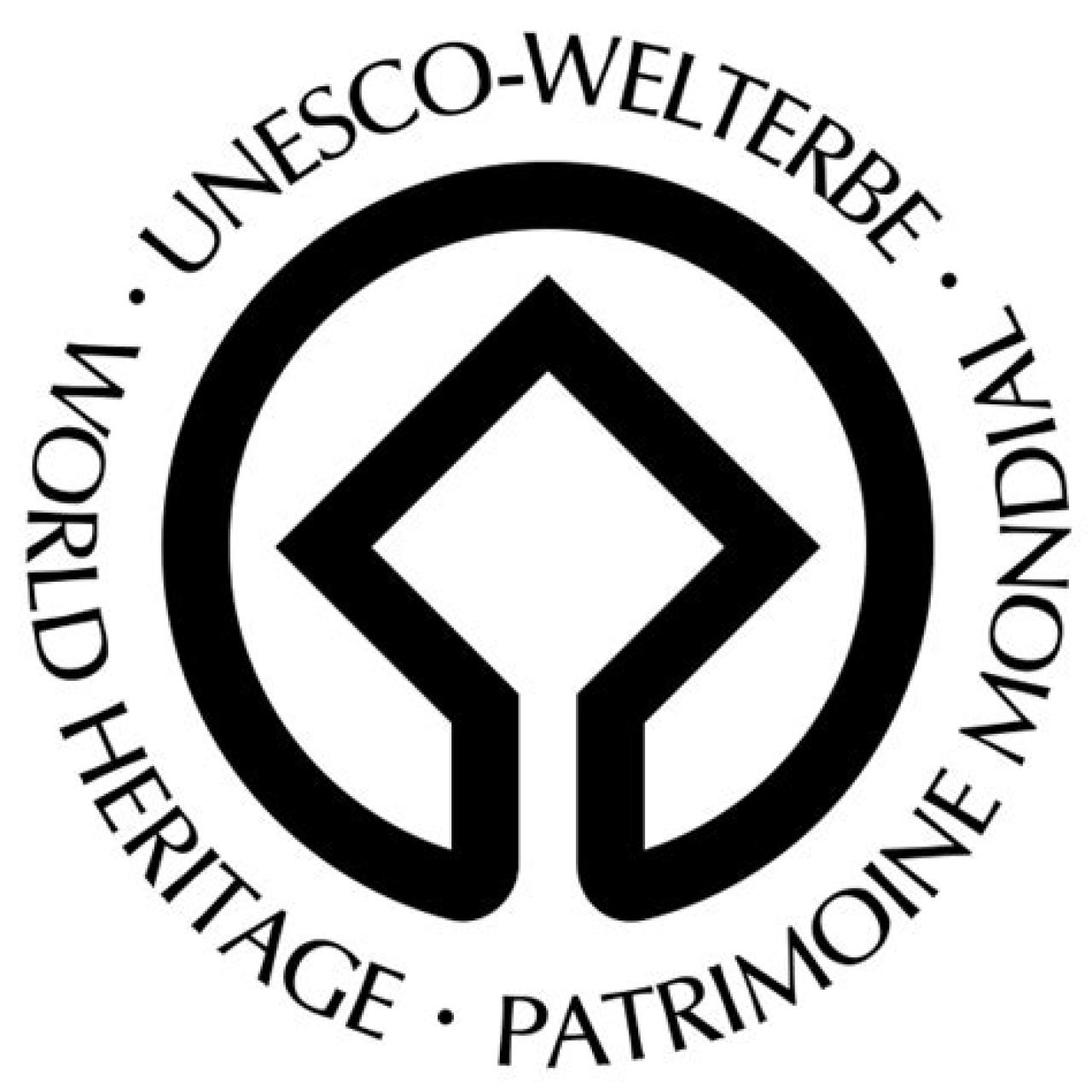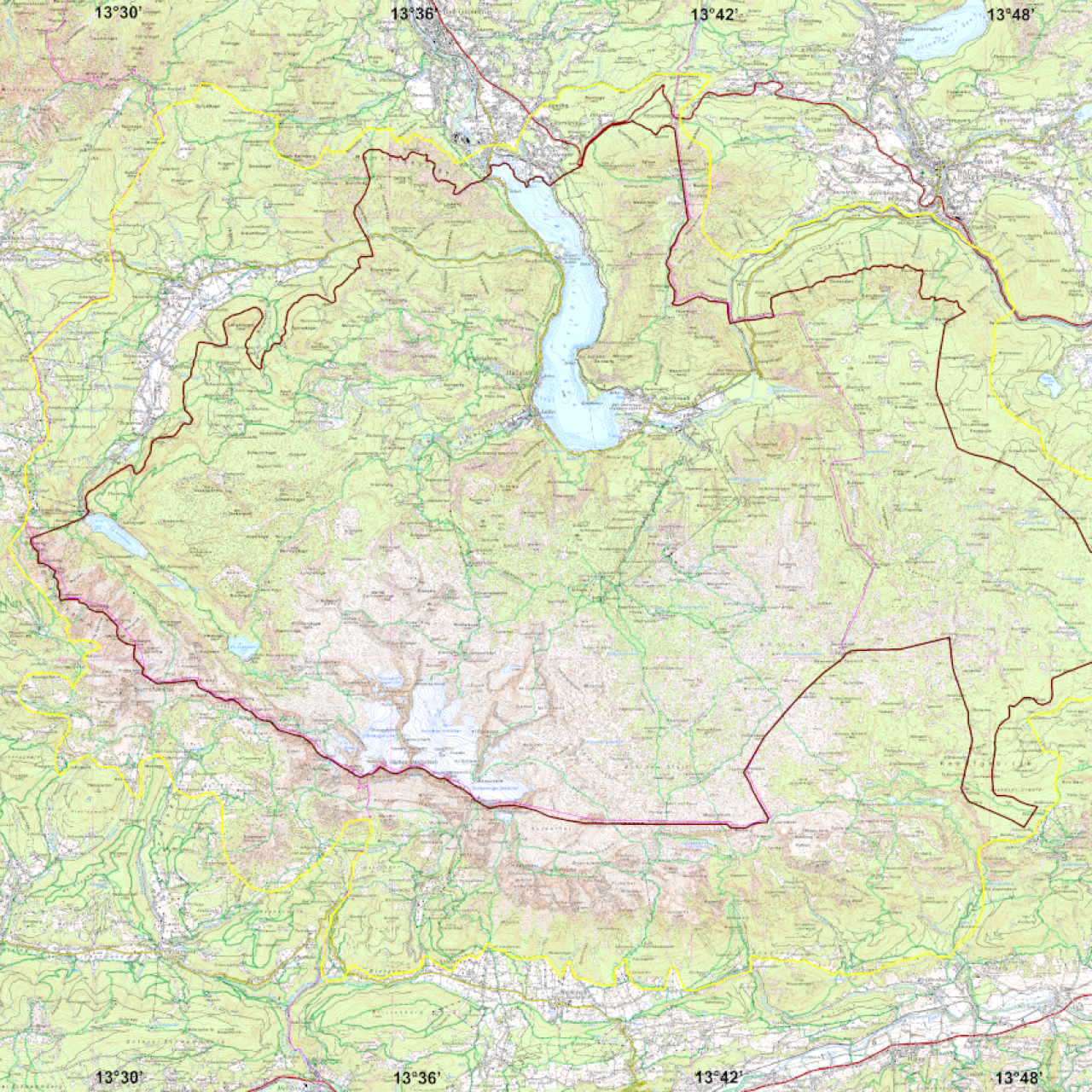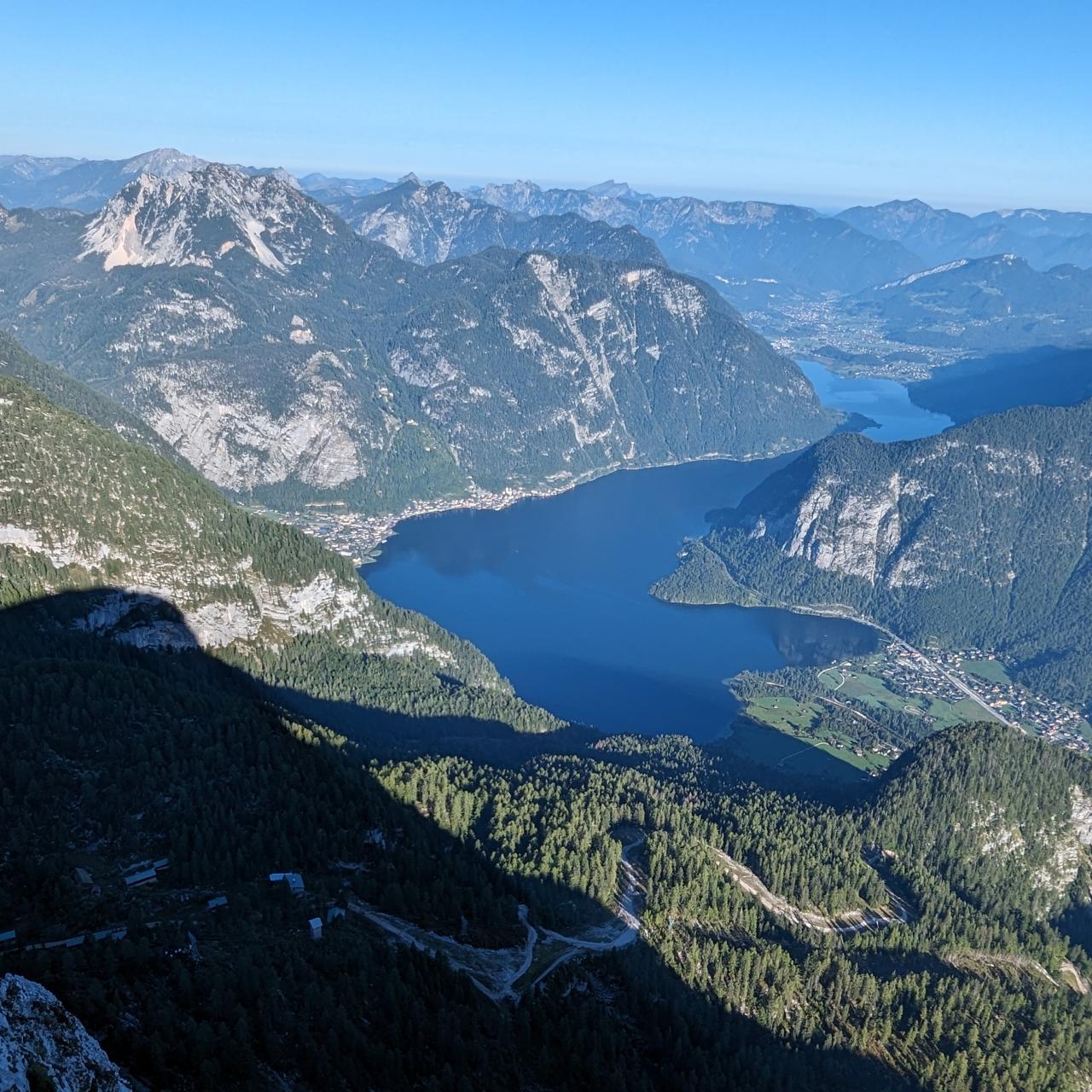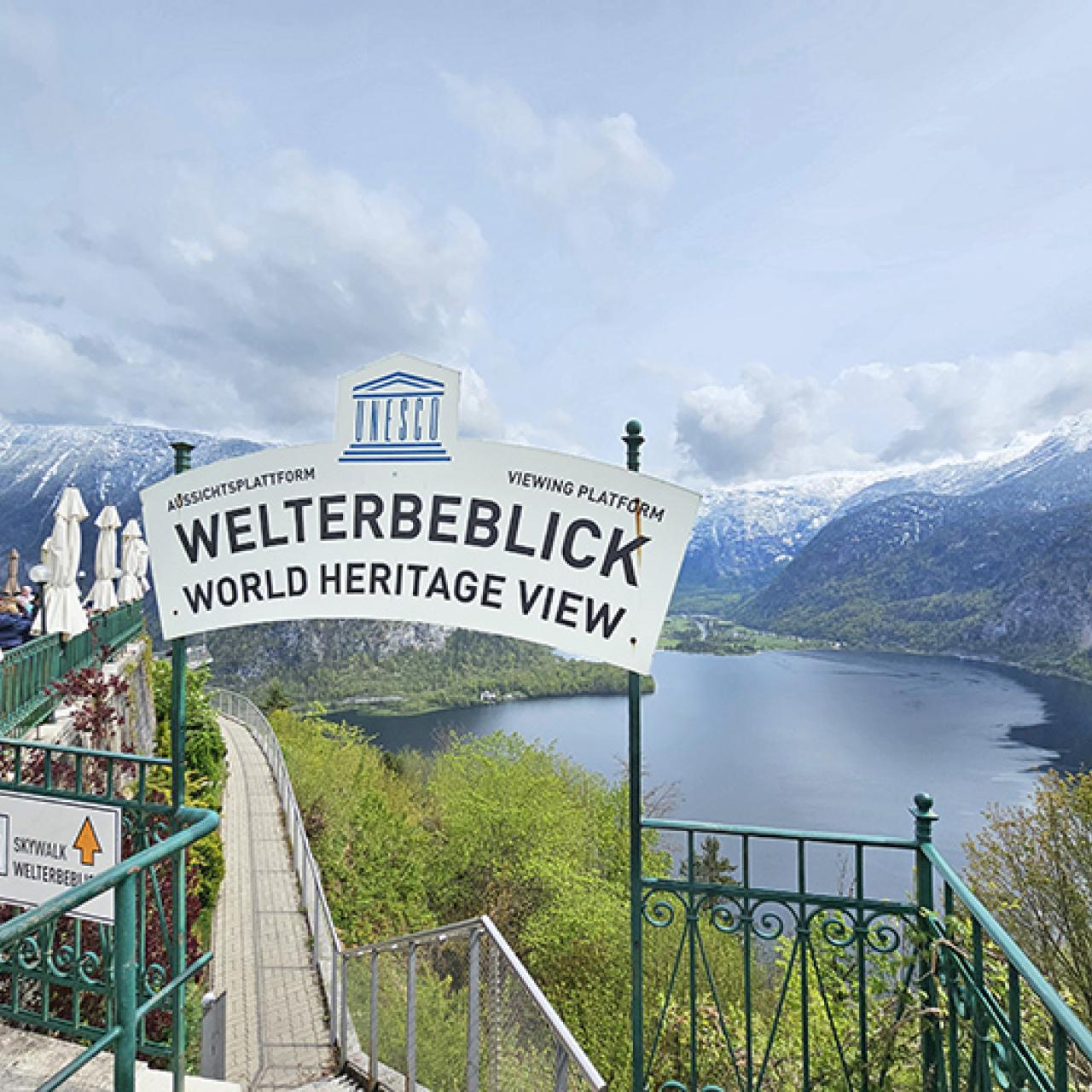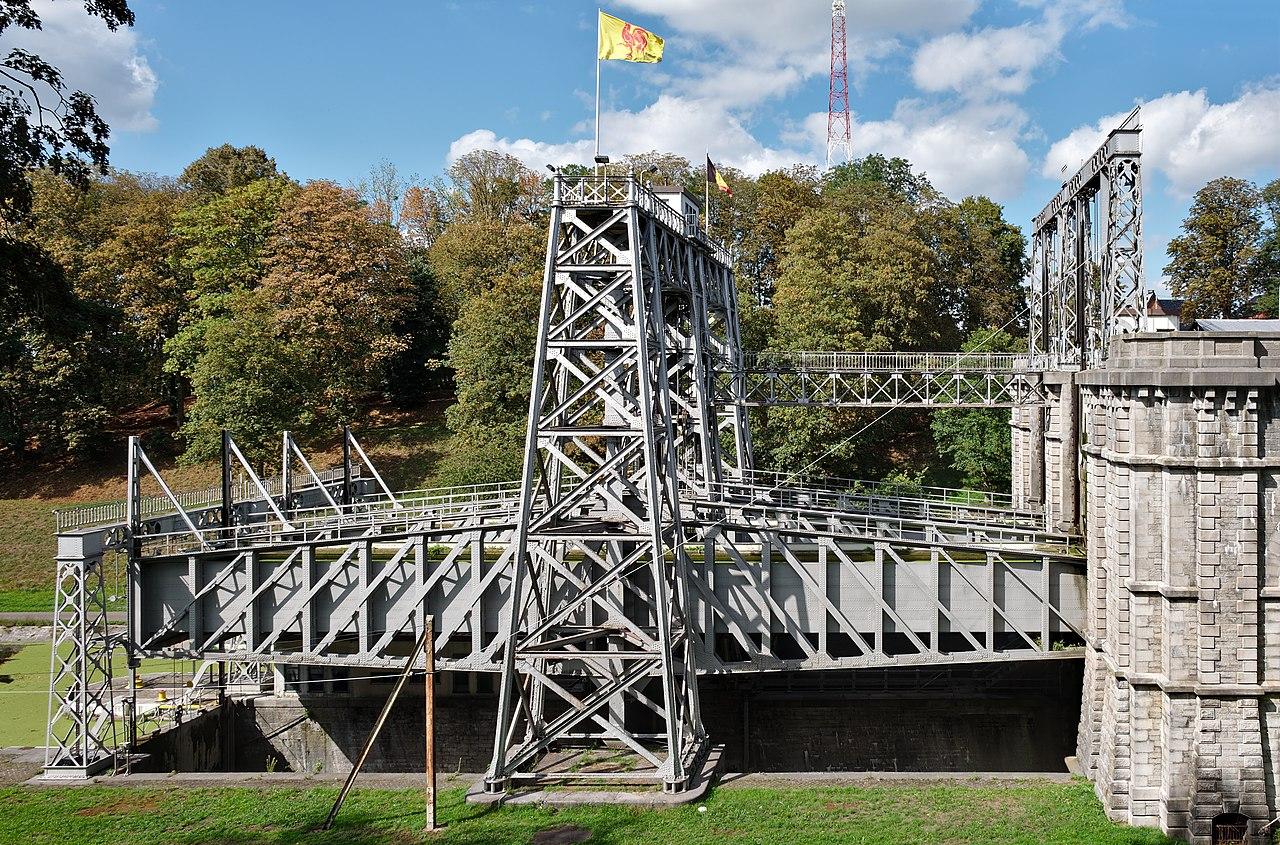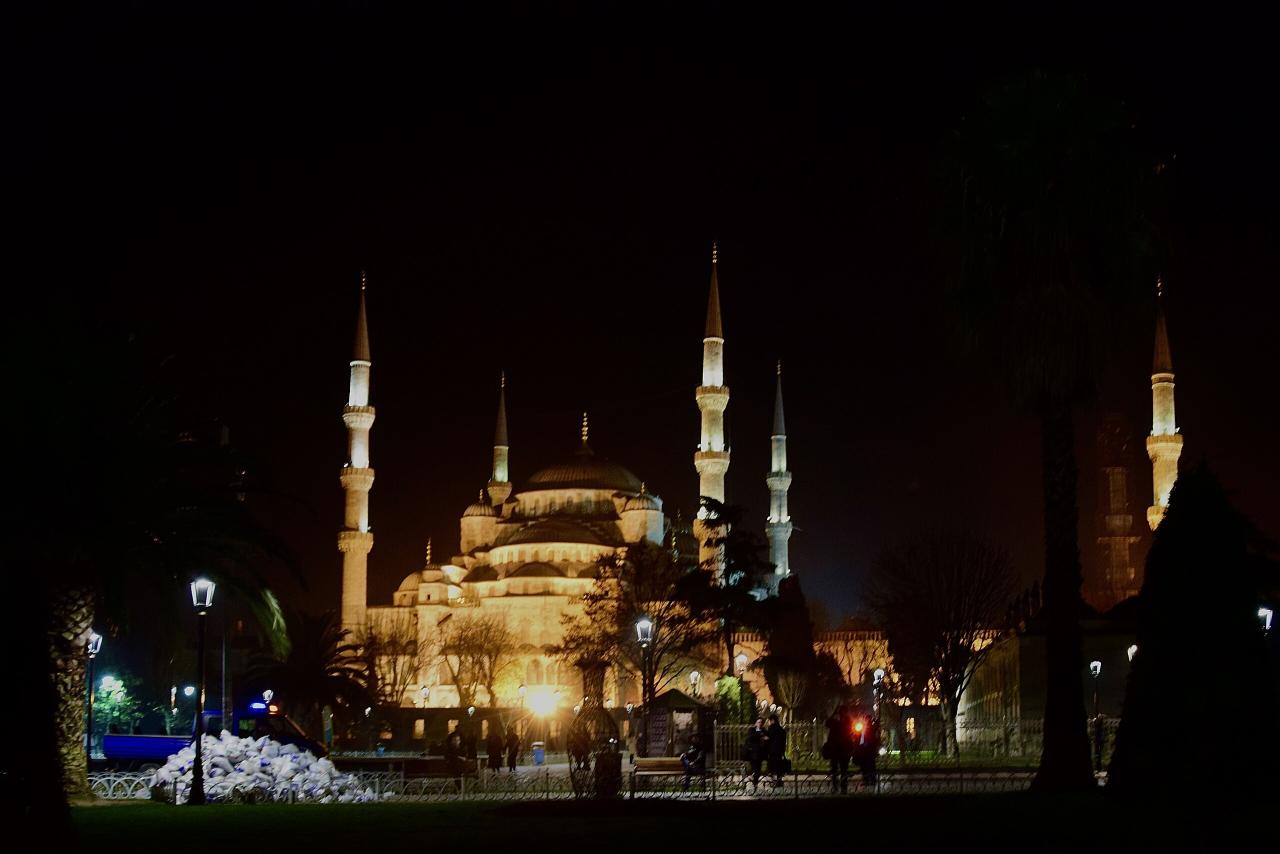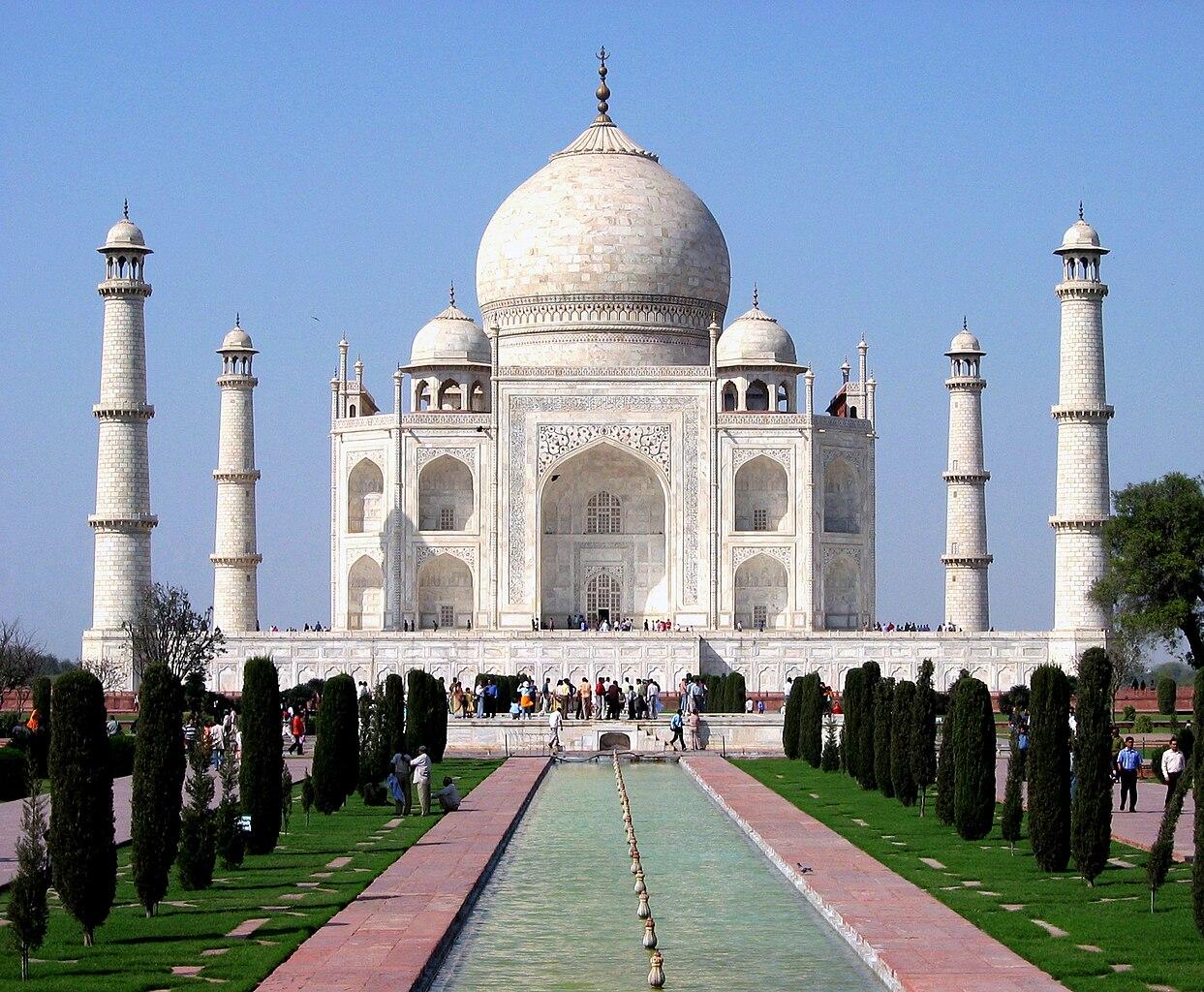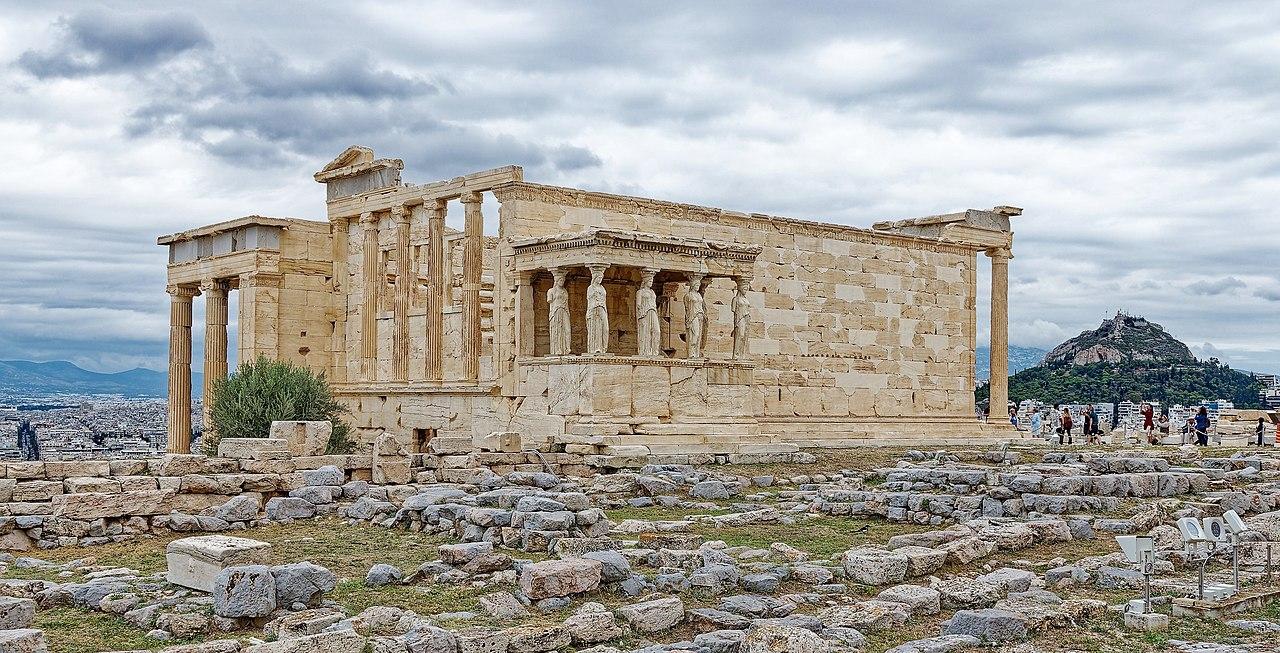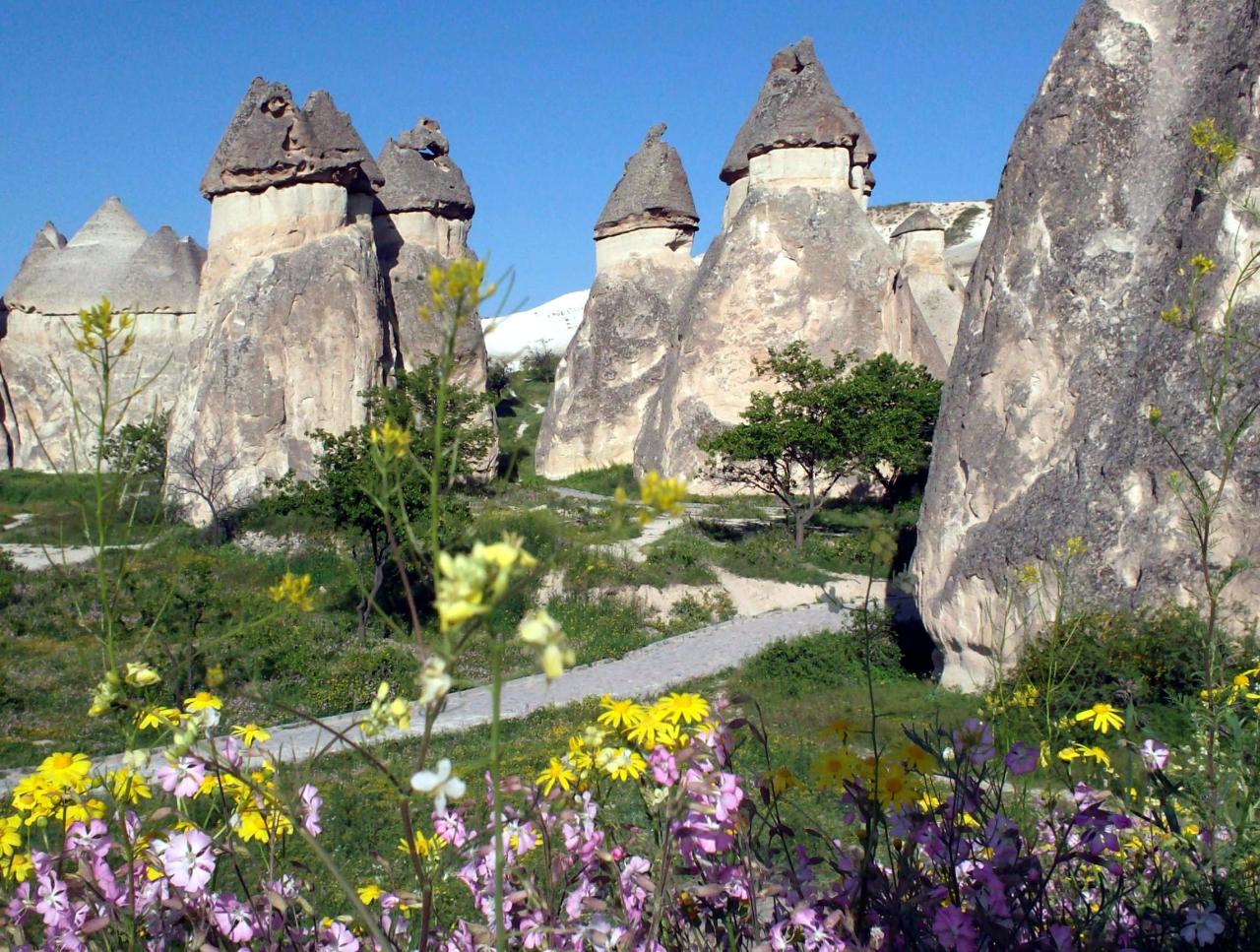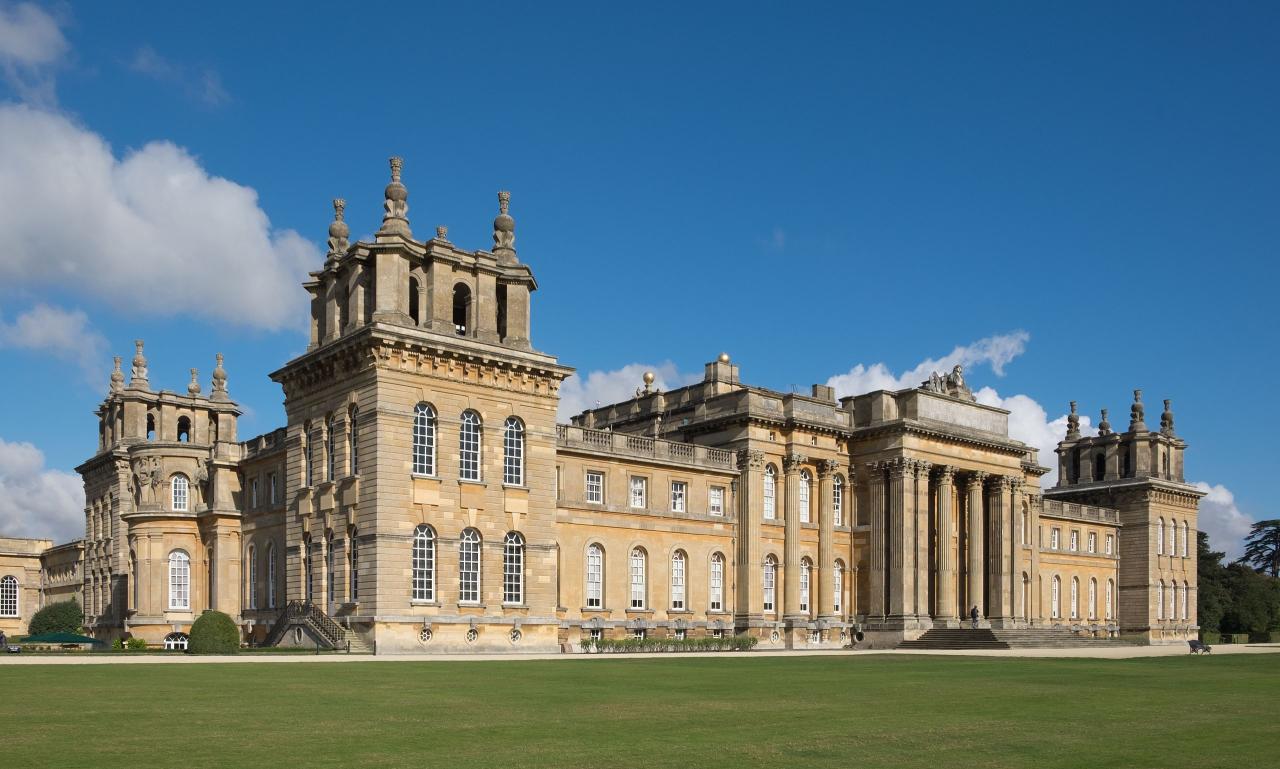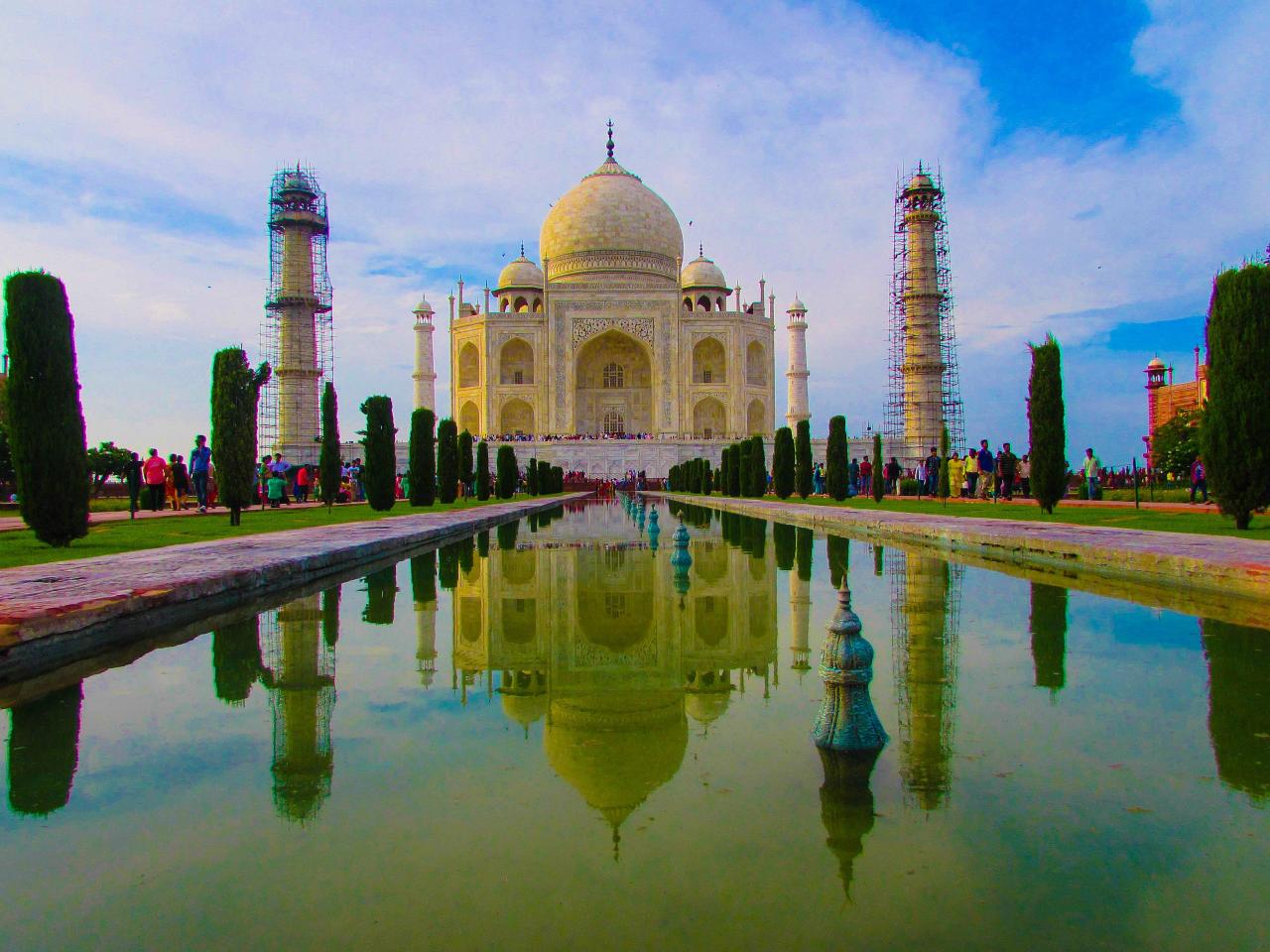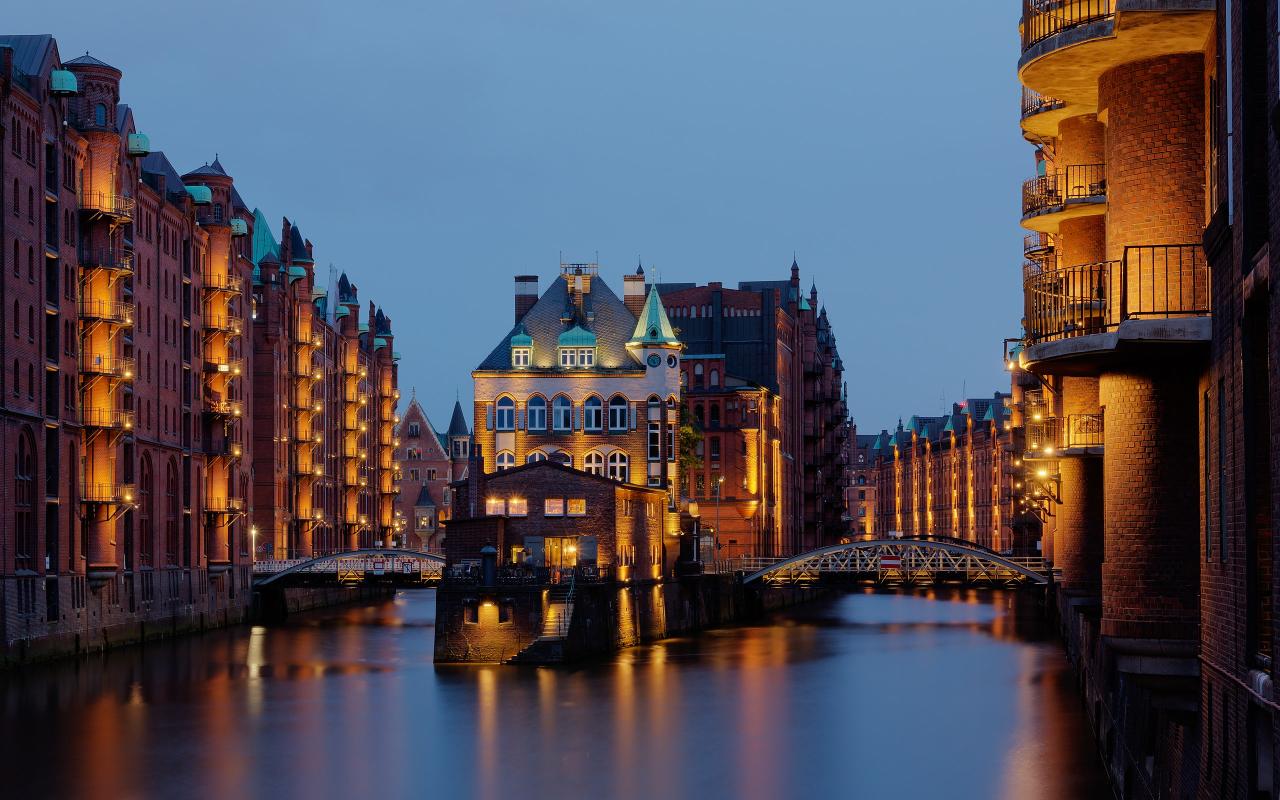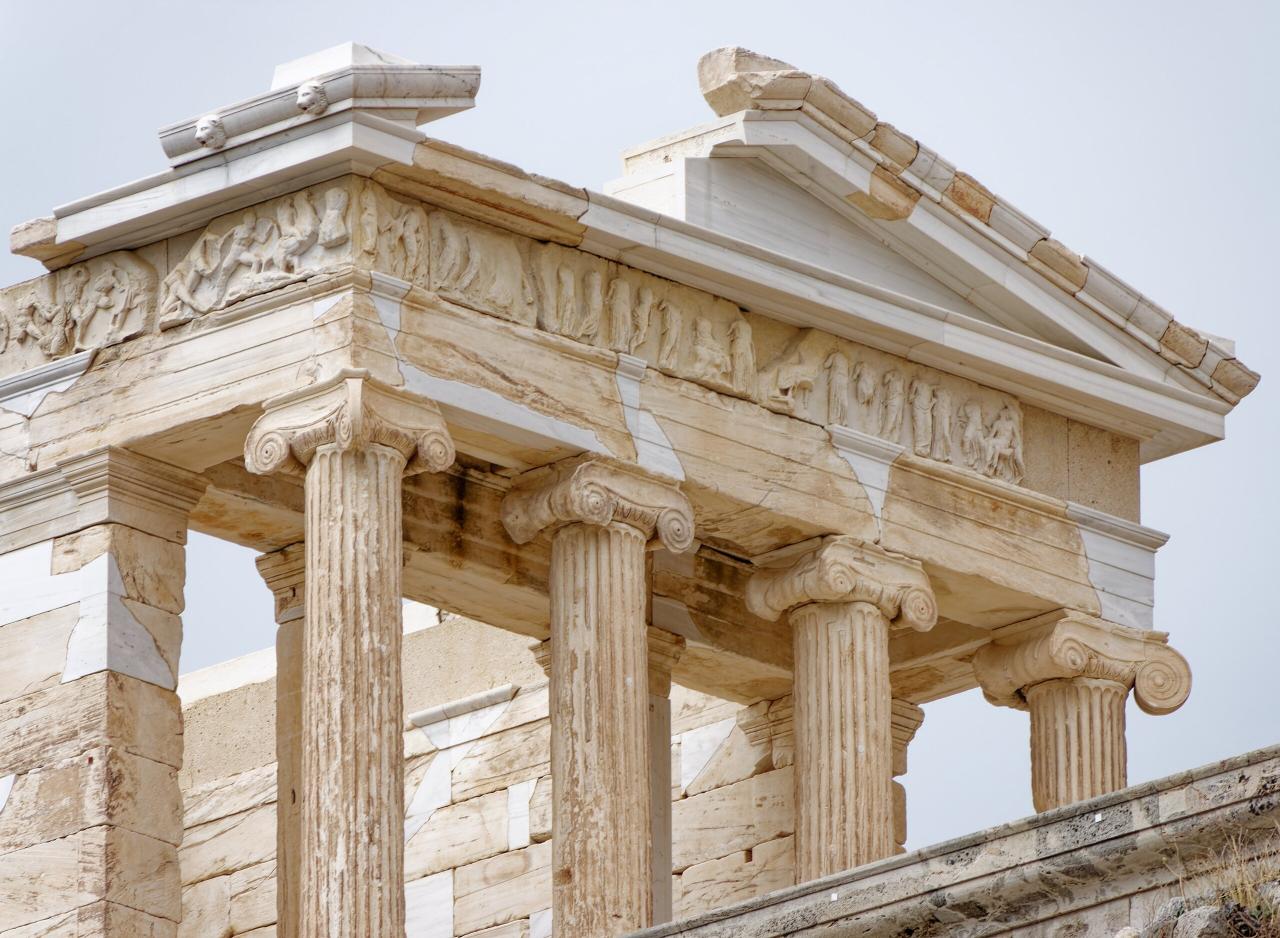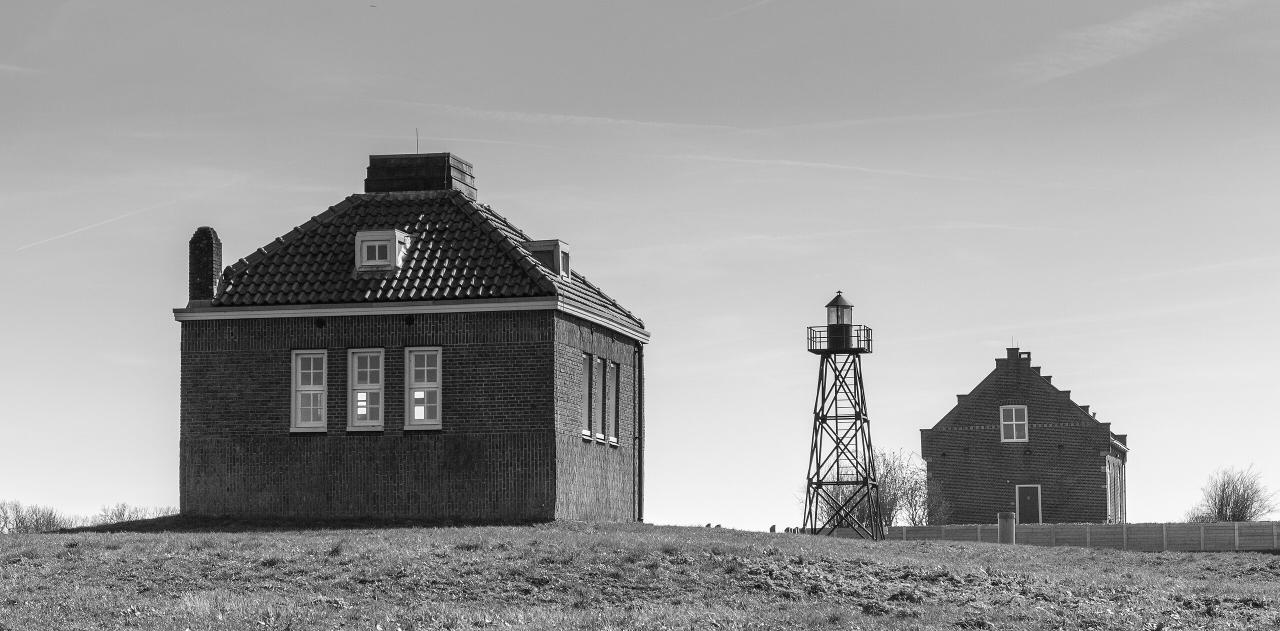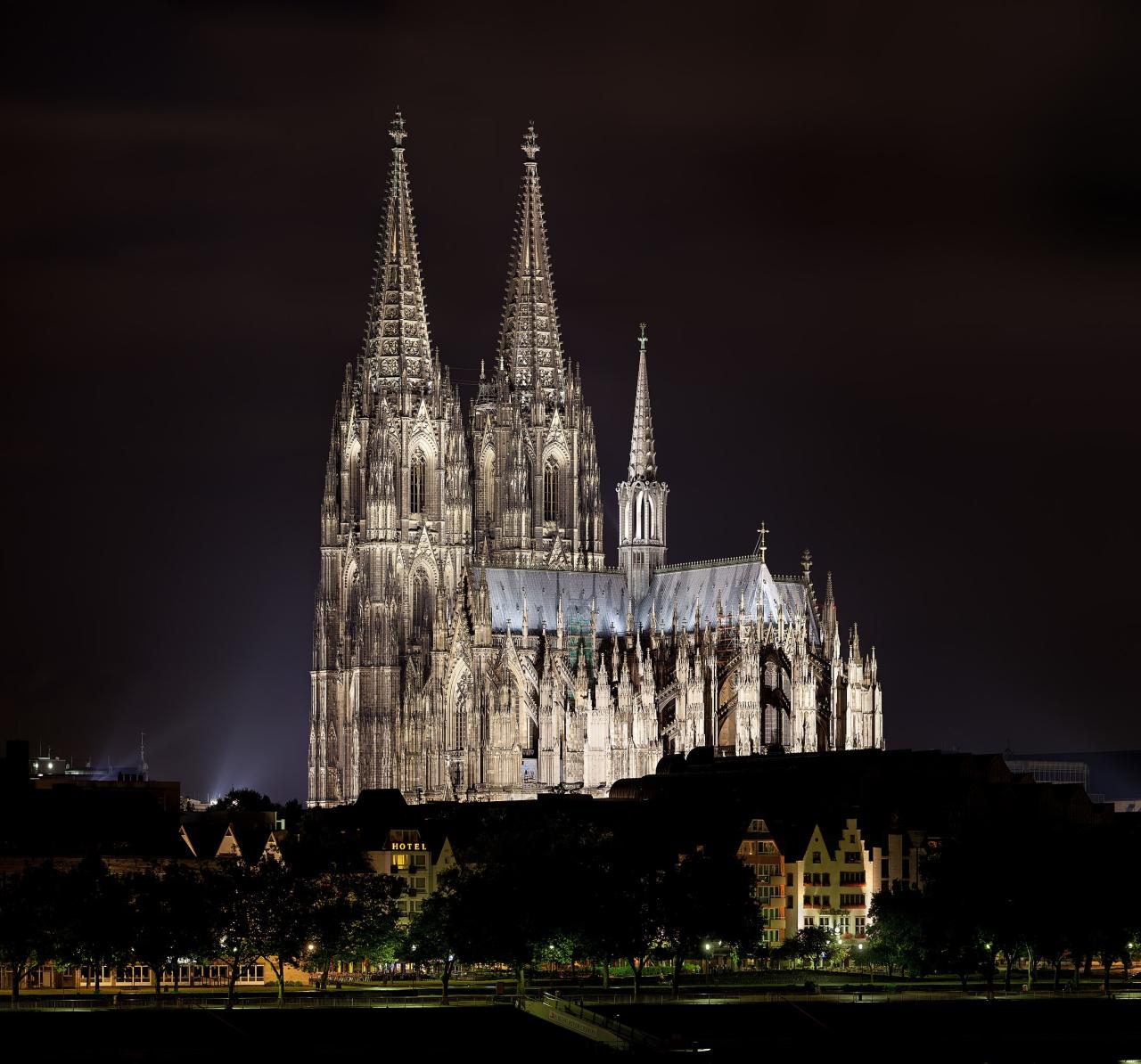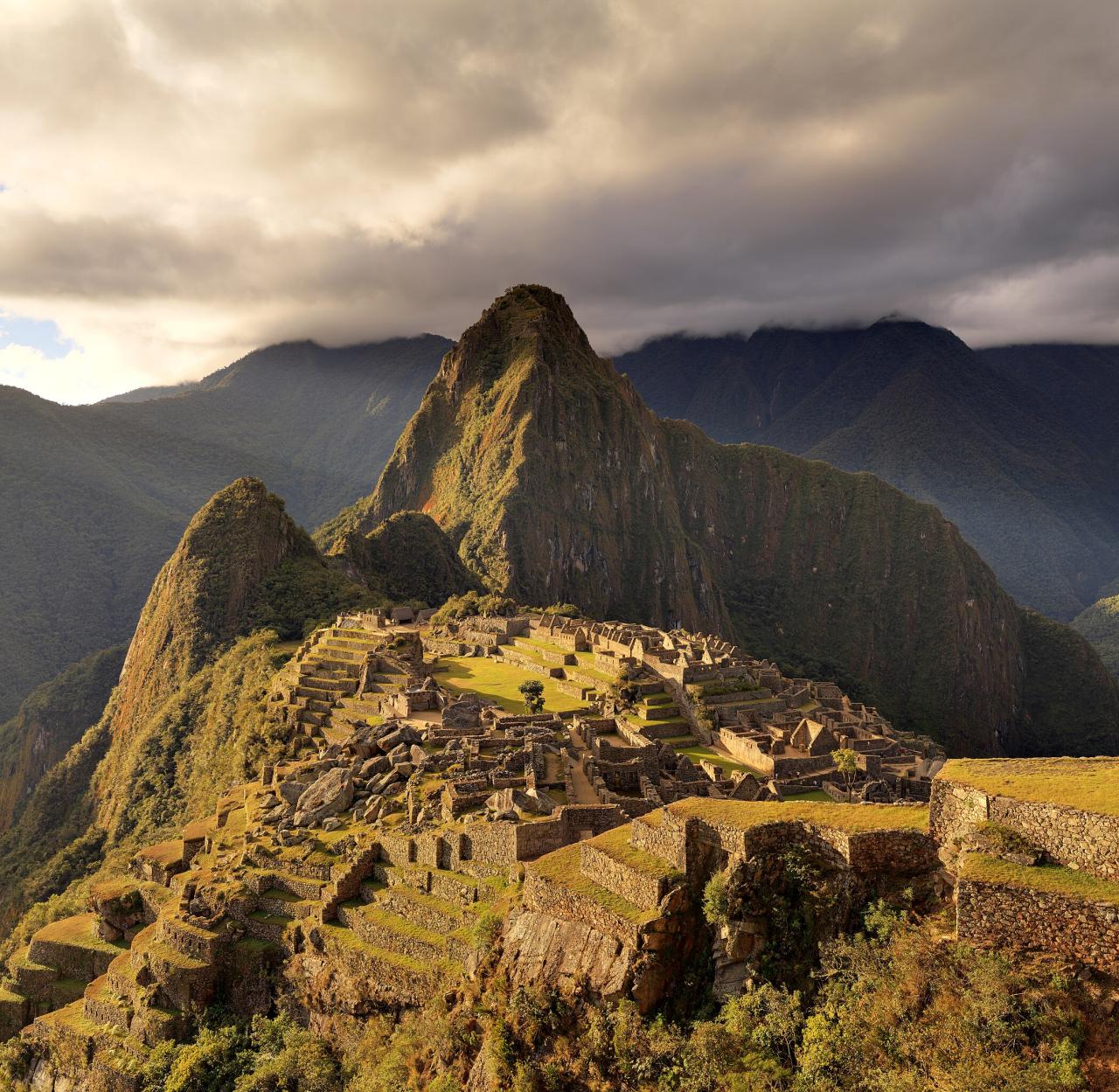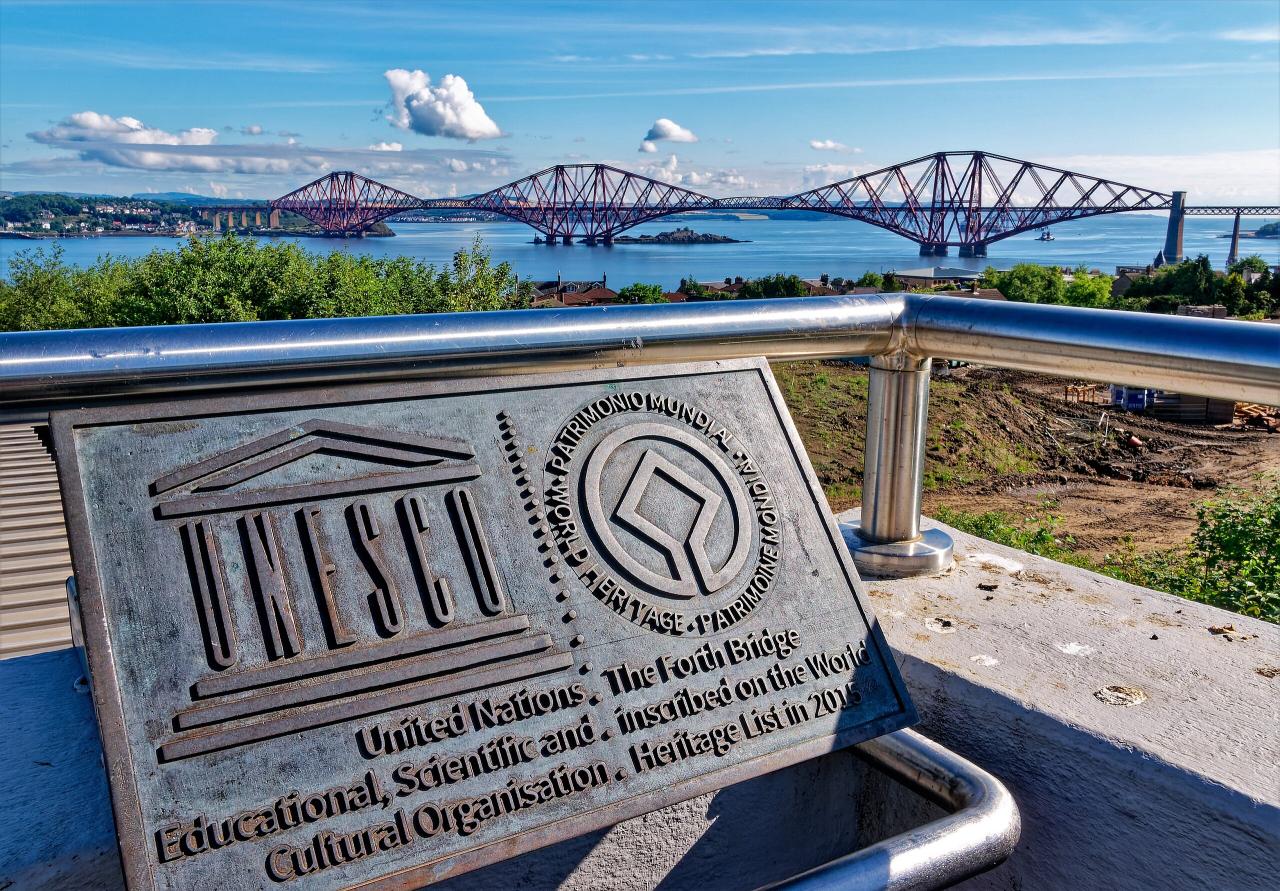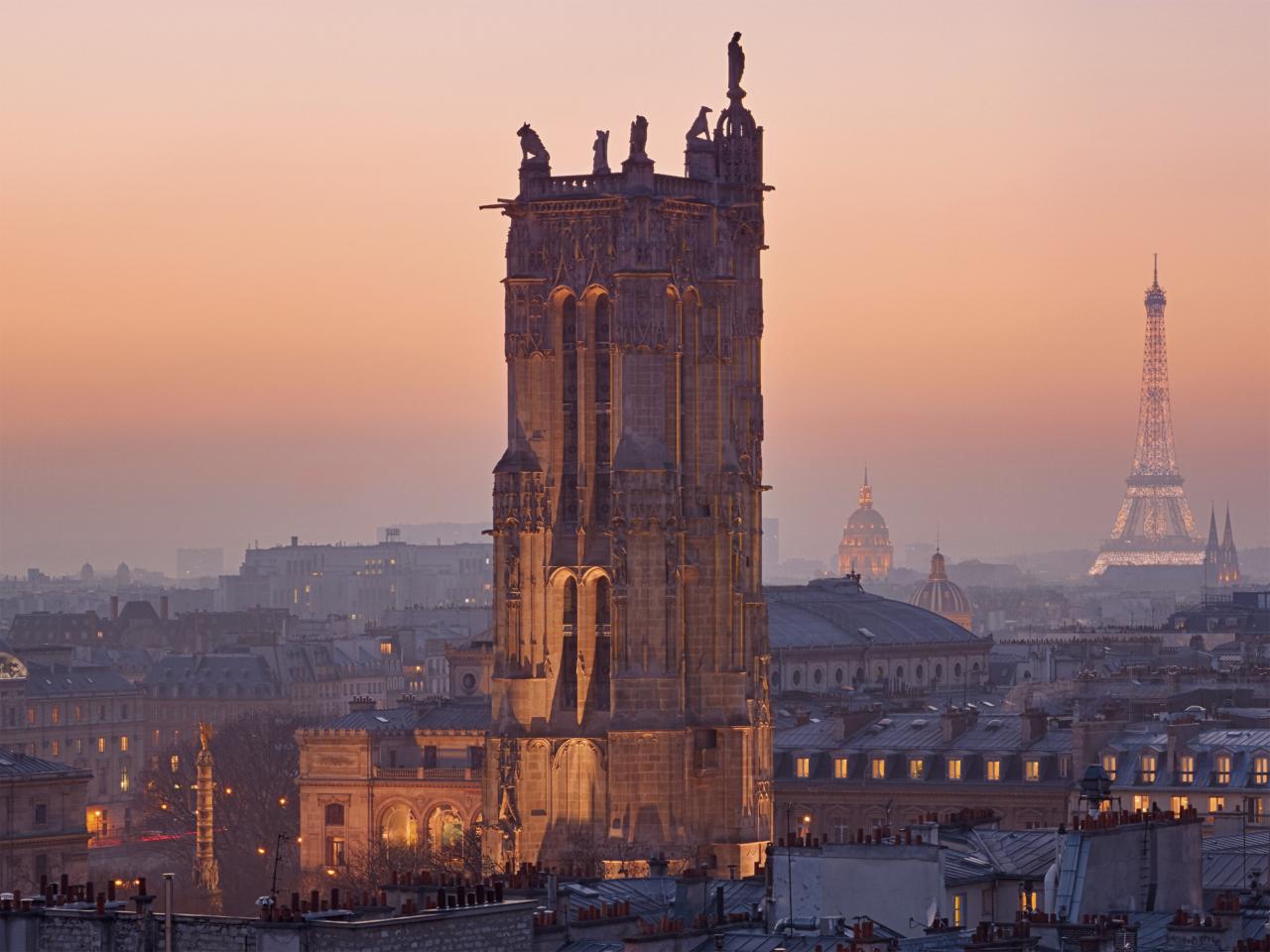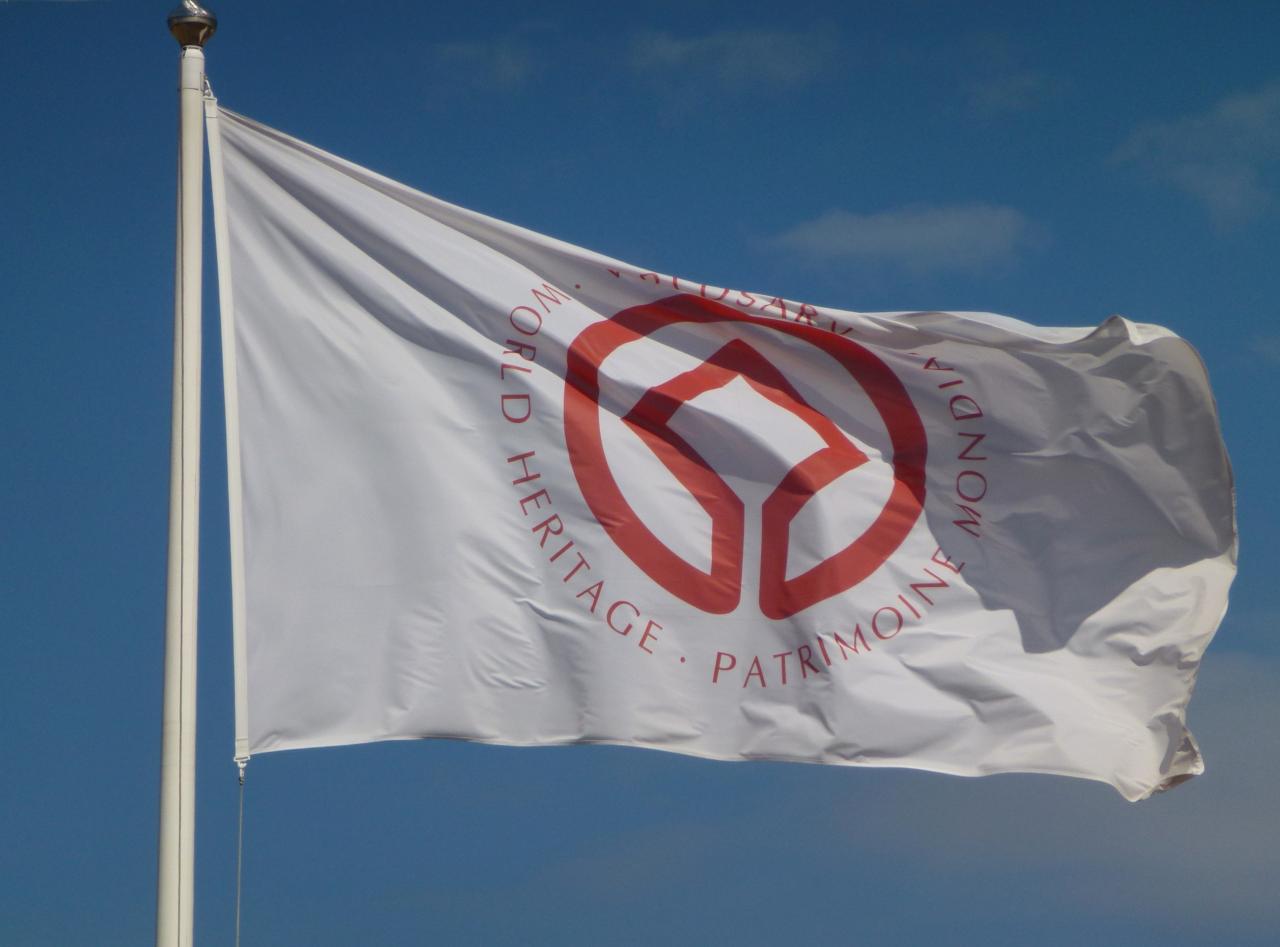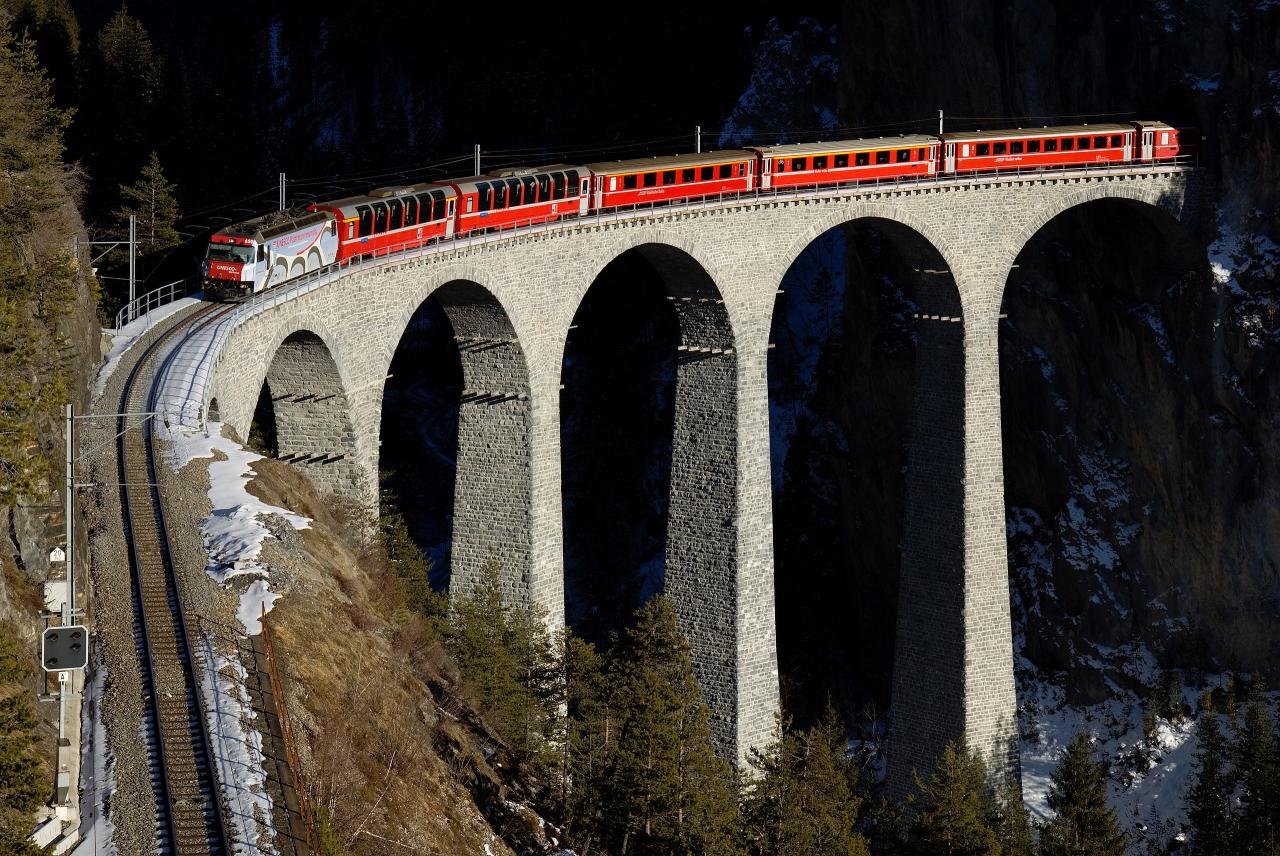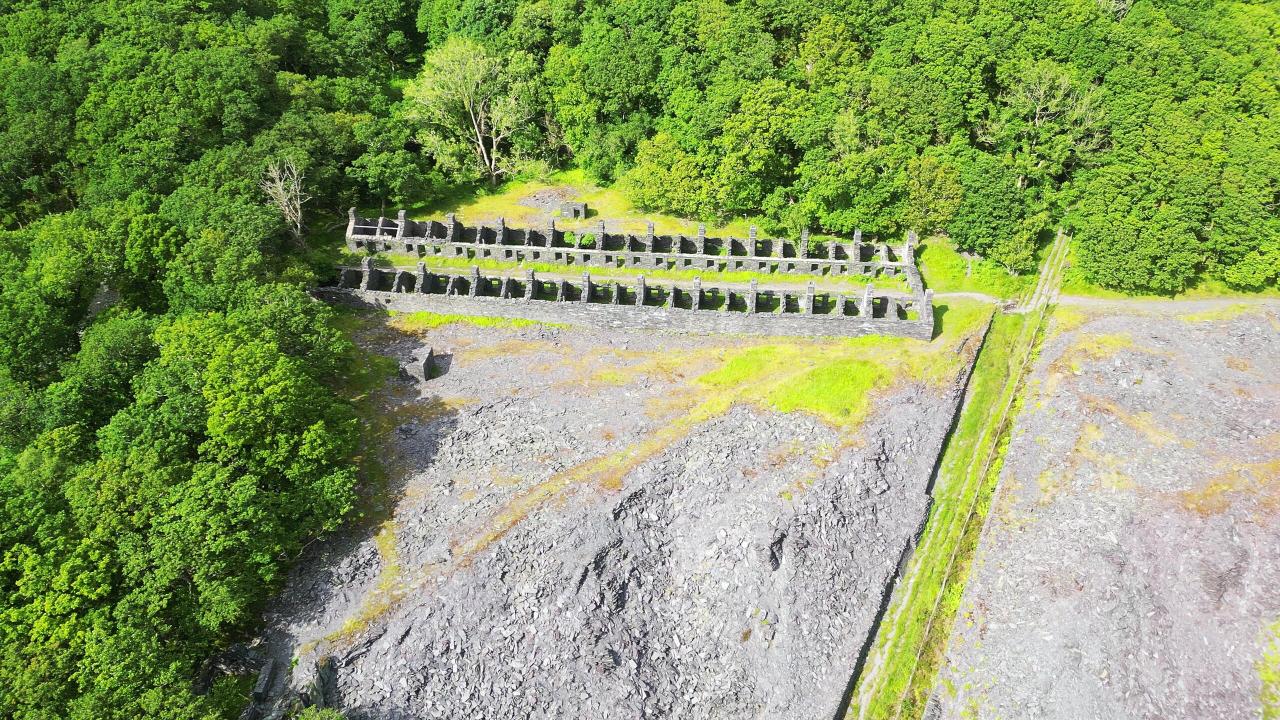World Heritage Hallstatt - Dachstein / Salzkammergut
Protect
Culture is the pulse of the landscape.
The World Heritage includes monuments, groups of buildings, and sites, as well as natural formations, geological and physiographic features, and natural sites of outstanding universal value, whose identification, protection, and preservation by the States Parties are supported by UNESCO under the World Heritage Convention. The term “World Heritage” is also used synonymously for individual World Heritage Sites that belong to UNESCO’s World Heritage.
According to the Operational Guidelines for the World Heritage Convention, cultural and natural heritage represents invaluable and irreplaceable assets not only of each people but of all humanity. Parts of this heritage may, due to their exceptional qualities, be considered of outstanding universal value and thus worthy of special protection against the increasing threats they face.
Heritage worthy of protection is inscribed on a list that was established with the initial inscriptions to the UNESCO Cultural and Natural Heritage in 1978. The World Heritage Committee decides on inclusion in the World Heritage List. Among the cultural and natural monuments listed as World Heritage, UNESCO highlights those threatened by serious and specific dangers—such as damage, destruction, or disappearance—on the List of World Heritage in Danger (often simply called the “Red List”). UNESCO calls for extraordinary protection measures for these sites. Most of the endangered sites are located in war zones or developing countries, with only a few in highly developed countries.
